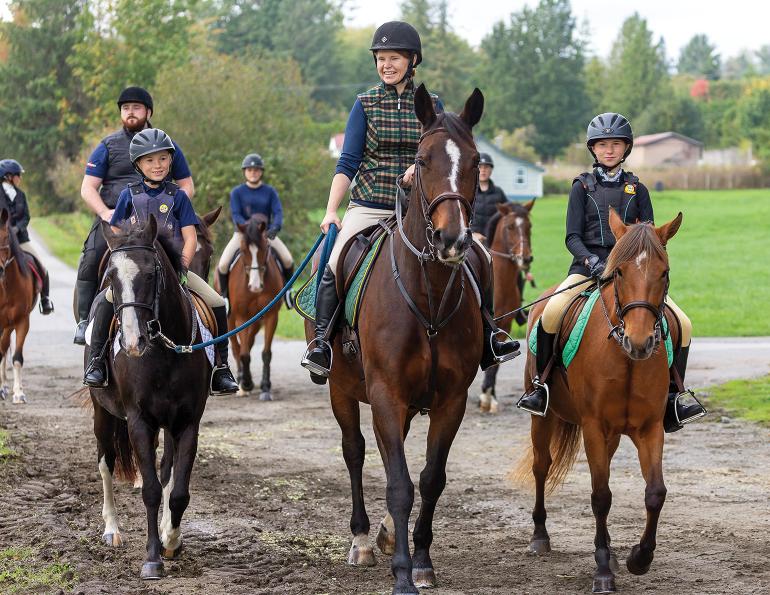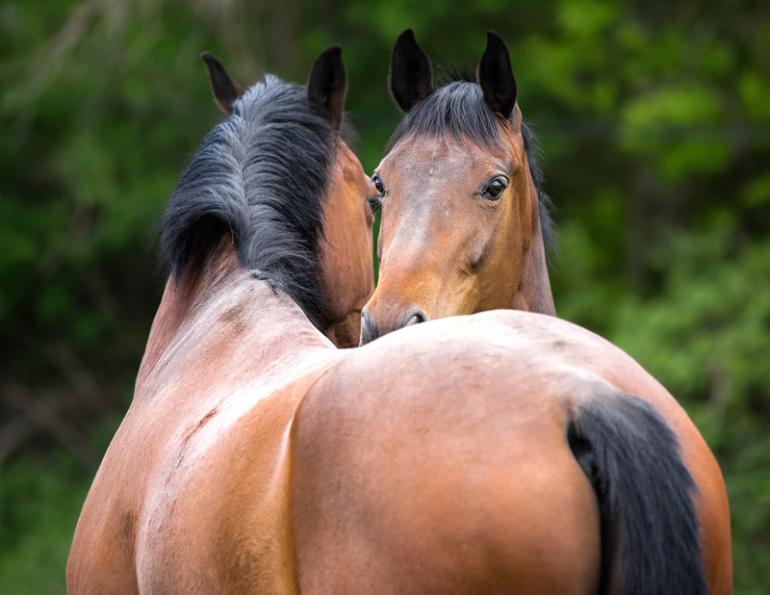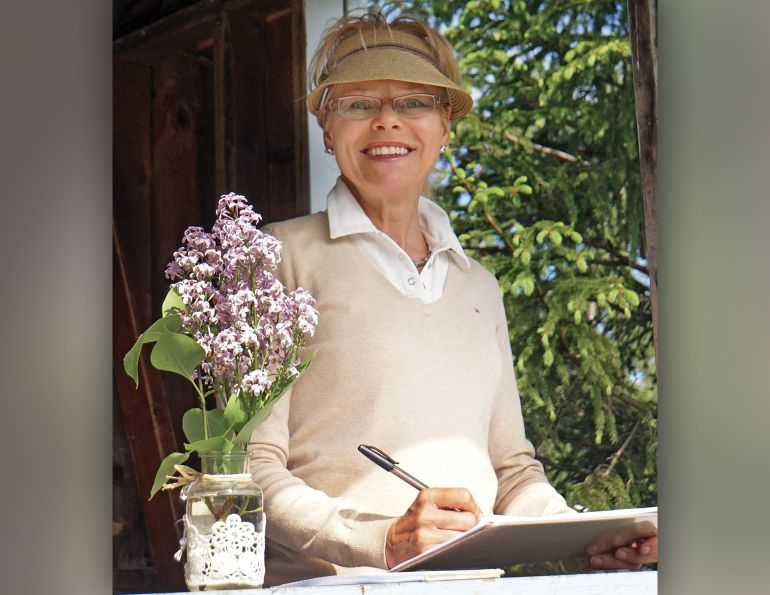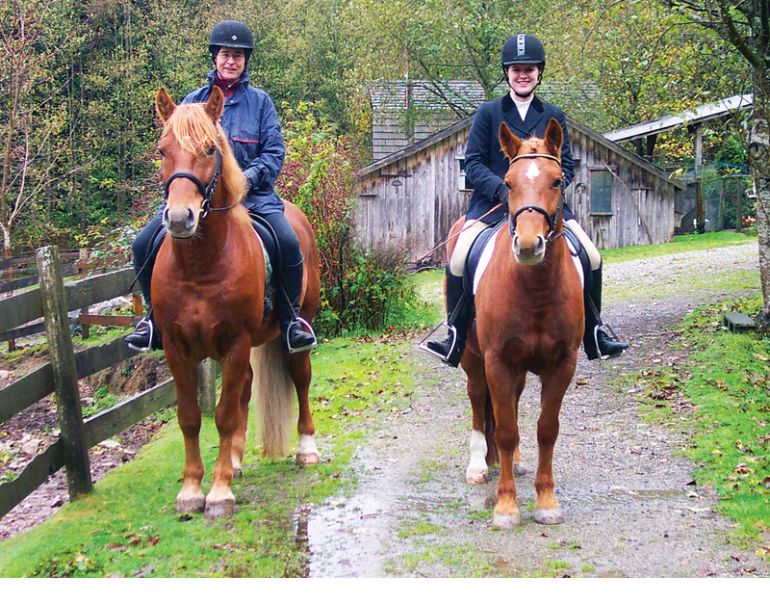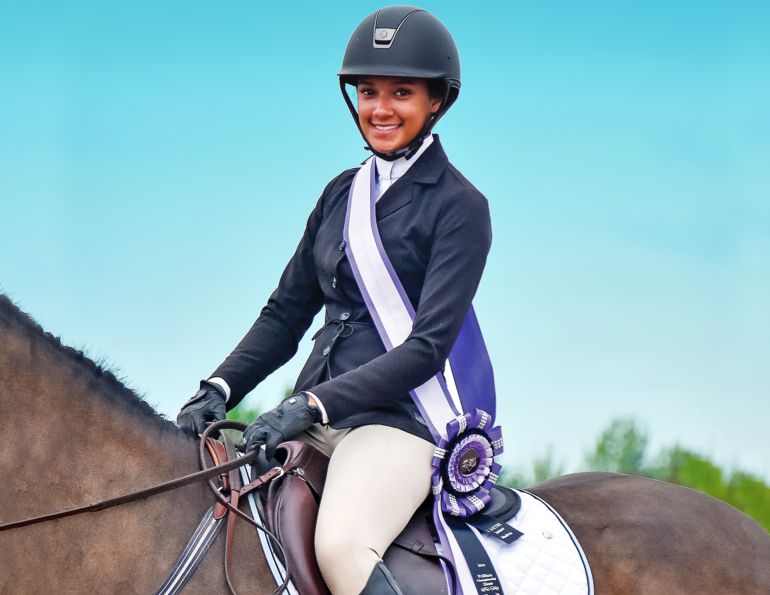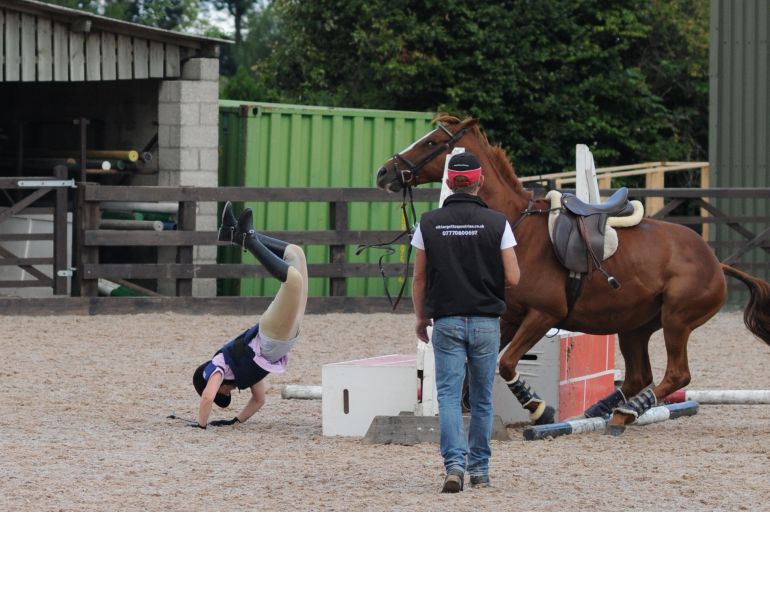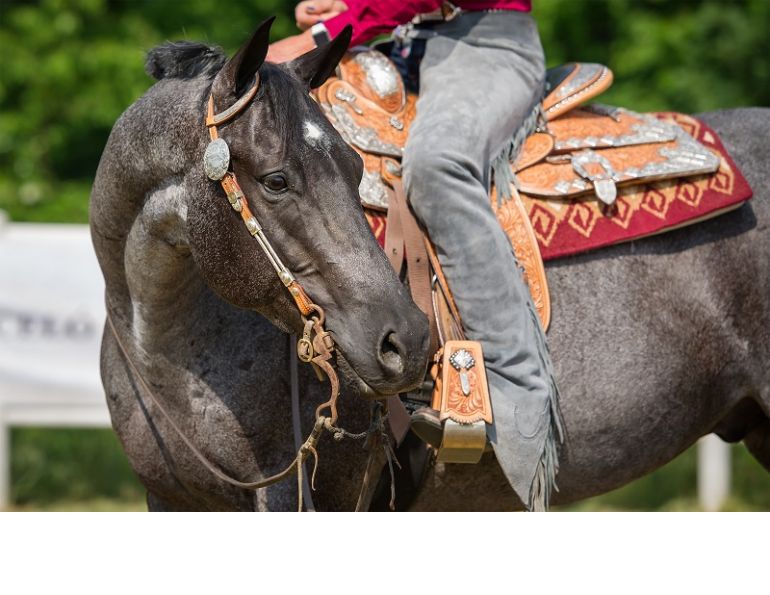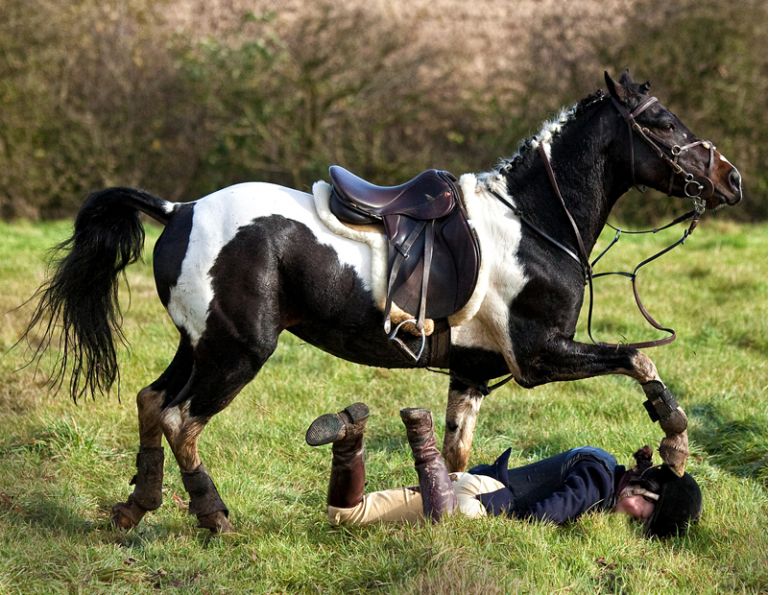Galloping after hounds for over 150 years
By Tania Millen, BSc, MJ
In 1873, Canada’s Governor General Lord Dufferin started the Ottawa Valley Hunt (OVH) for Ottawa’s upper classes. It was popular with politicians of the day.
“They hunted from Capitol Hill,” says Jamie Hughes, the huntsman for OVH. “Originally, it was a live hunt but the men needed to get back for parliament in the afternoon so they switched to a drag hunt to control the length of time they rode.”
That was 150 years ago. It was when the 49th parallel was being surveyed across the prairies; the Northwest Mounted Police force was created; bison were disappearing due to overhunting; and Plains Indigenous Peoples were starving. It was only six years after Canada’s 1867 Confederation and three years after the Hudson Bay Company sold the western third of what is now Canada to the nascent country.
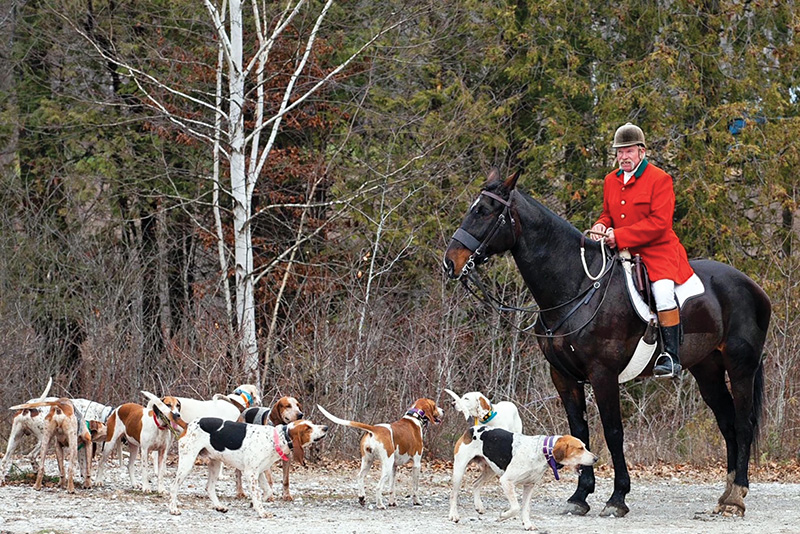
Jamie Hughes, huntsman at the Ottawa Valley Hunt, is responsible for caring for and training the hounds, and directing them during hunt meets. Photo: Stacey Findlay
“The club has moved three times and now we’re about 45 minutes from downtown Ottawa but still within city boundaries,” says Hughes.
Related: The Queen's Legacy - A Passion for Horses
Hunting Imaginary Foxes
Foxhunting originated in England and was brought to Canada by colonialists. The Montreal Hunt is North America’s oldest foxhunting organization. It started in 1826 and members still hunt regularly.
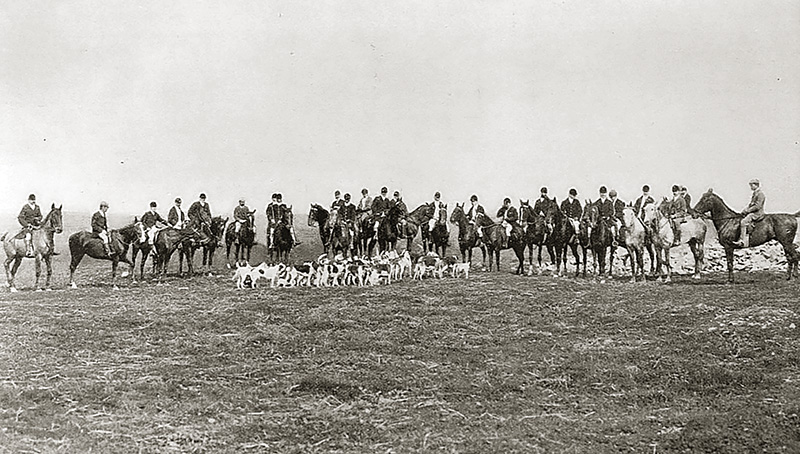
Horses and hounds of The Montreal Hunt in 1896. Photo: Bailys Hunting Directory online
Most of Canada’s foxhunting organizations “drag” hunt whereby the hounds follow a scent (usually fox urine) that has been purposefully laid by a horseback rider or foot-runner before the hunt meet. Two to five tracks are laid with breaks in between them, so the hounds and horses get a rest. A typical hunt covers 10 to 20 kilometres and lasts two to three hours.
“There’s a real fellowship with hunting,” says Grits McMullen, who has been riding with the OVH since her teens in 1971. “Everybody gets a high when they’re around horses and hounds. Then you come together afterward and eat and enjoy each other’s company. It’s pretty darn magical.”
The British foxhunting season is September through March, but in Canada snow and frozen ground preclude foxhunting in winter. So OVH has about 10 hunts in May and June, then another 20 to 25 hunts between August and November.
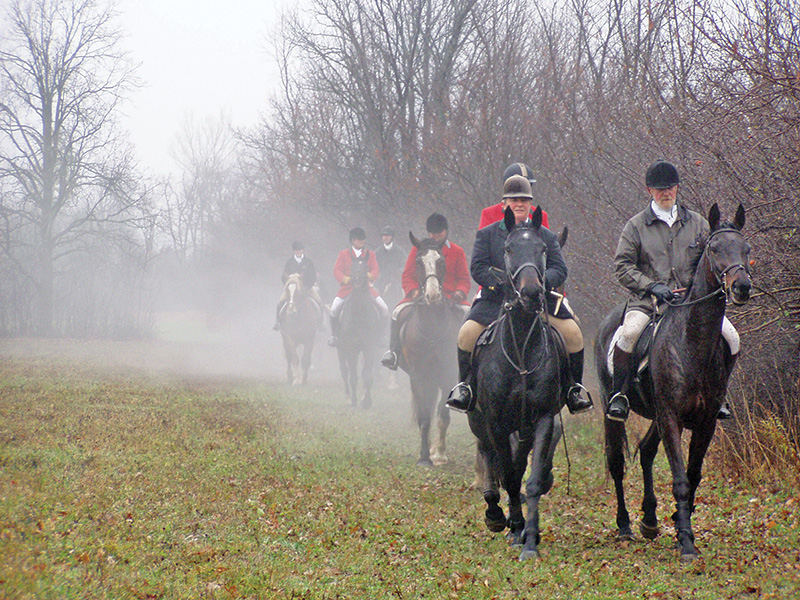
A foggy morning at the Ottawa Valley Hunt. Photo: Peter Leach
To attend a hunt, members and guests pay a fee and then meet at a specific location with their horses tacked up and ready to ride. The OVH fee for members over age 30 is about $1,500 annually, although guests can pay a “capping fee” of $50 to $100 to hunt for the day.
Hunt clubs get permission from landowners to ride across their properties and ensure any fences that will be jumped are safe for horses. OVH is fortunate to own land with a clubhouse and kennels, which adjoin over 1,000 acres of private property that they have permission to traverse.
Related: The Lure of Horseback Adventure Races
The Thrill of the Chase
When the hunt begins, the huntsman directs the hounds to search for a scent. When the hounds find the fox-scented track they speak (bay or bark) and follow it. The huntsman and whippers-in (assistants) follow the hounds. The field master follows the huntsman and the field members (riders) gallop off en masse behind the field master. Most hunts have multiple fields or “flights” of riders, each with its own field master. The first field is the fastest — galloping along and jumping all the fences. The second field may trot and canter, while the third field may just walk and trot. It’s where first-timers or young horses get experience and all jumps are optional.
Although foxhunting originally involved well-tailored upper-class folk jumping large hedges, stone walls, and broad ditches, nowadays fox hunts tend to welcome all-comers and have relaxed dress standards. The OVH has a lot of younger members, partly because hunting was an activity riders could do with their horses during the COVID-19 pandemic.
“Young people who couldn’t go to horse shows came out hunting and found out that foxhunting is more fun than showing,” says McMullen. “I love watching people discover hunting and hearing them say, Oh, my gosh, why haven’t I done this before?”
Hughes was one of those people. He started riding in his mid-thirties and shortly thereafter tried foxhunting.
“I went and had a great day of foxhunting and a week later went to an auction and bought a horse,” says Hughes. Now a retired school principal, Hughes became a huntsman in 2006 and has been the OVH huntsman for two years. He’s responsible for looking after and training the hounds — dogs that are bred and trained to hunt — plus directing them during hunt meets.
Hound Tales
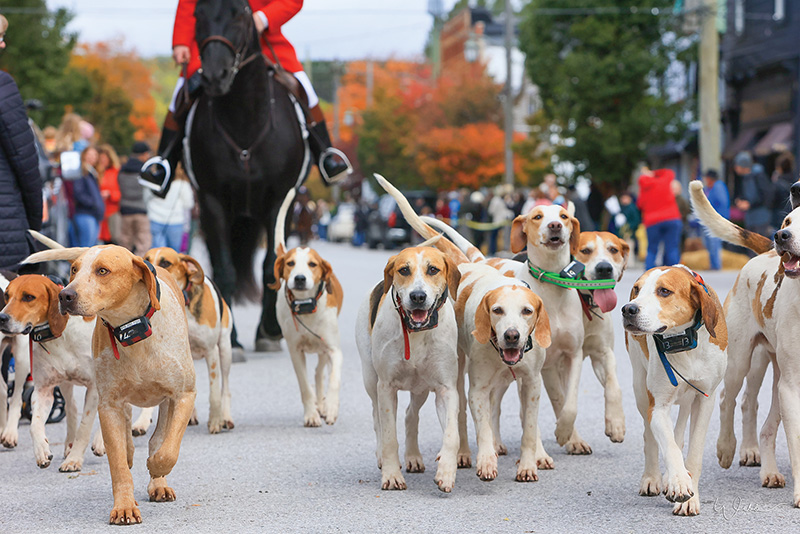
Hounds of the Toronto and North York Hunt enjoying a parade. Photo: Wendy Webb Photography
Hughes says the thrill of the ride hooked him but gradually he’s become more interested in the hounds.
“If they overrun the scent and suddenly one of them says ‘Nah, this isn’t right’ and that hound goes back and speaks, then the whole pack turns and comes back — that’s magic,” says Hughes.
Related: Continuing the Bridle Horse Tradition
“When they’re running in an open field, they fan out and run as a triangle,” he says. “There’s an old saying: If you can throw a blanket over your pack when they’re running together, that’s a really good sign. So that’s what we look for.”
OVH has 15 couples (30 hounds) and Hughes has added Penn-Marydel hounds to the OVH pack. (The Penn-Marydel is a variety of American Foxhound considered a true American hound that is derivative of hounds that came to America from England and France in the early 1600s. Some huntsmen insist that the Penn-Marydel are unbeatable for their voice, nose, and ease of hunting.)
“Drag hunting is fairly fast right off the bat,” says Hughes. “So, I wanted hounds with really good noses and a very good voice so that we can hear them when they’re going through the bush.
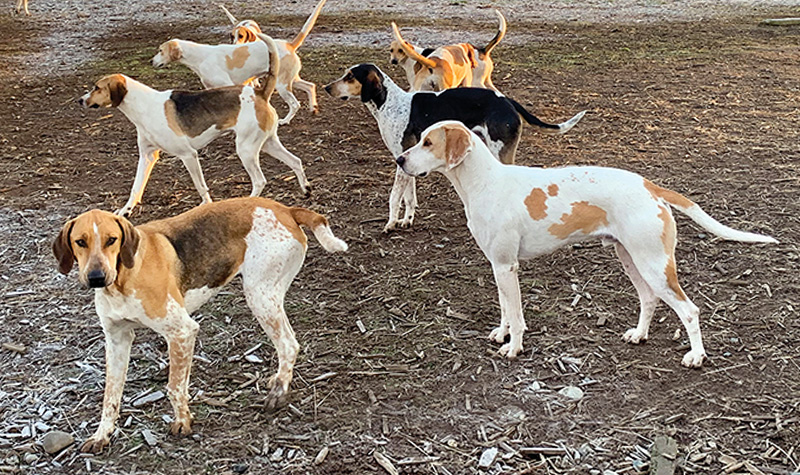
Fraser Valley Hunt hounds in their home kennel. Photo: Kelly Caughlan
“Our pack will usually bypass deer scent,” says Hughes. “But if a coyote or fox runs right in front of them, they’ll follow it and we pull them off as quickly as possible.”
The hounds usually hunt until they’re age nine or ten and then Hughes says, “I find couches for them. They make really good pets. They’re very friendly, easy to handle, and really trainable.
“Right now our lead hound is Lil and she’s coming eight,” continues Hughes. “She corrects the pack and steadies them and then the big Penn-Marydels are in behind her with their big voices.”
Not all hounds make the cut. When they’re about six months old, they’re “coupled” to an older hound with a leather collar for exercise.
“That’s how they learn the voice commands and learn to stay with the pack,” says Hughes. “They start going out with the hunt at about a year or a year and a half. If they go out too young, sometimes they get scared and that can ruin them for hunting forever.
“I’ve got one big guy who’s just a year old but doesn’t want to stay with the pack,” says Hughes. “He’s too independent so he’ll probably be looking for a couch.”
At two years old, the hounds are registered — considered “entered” — with the Masters of Foxhounds Association of North America (MFHA).
Hunting Out West
The MFHA is the governing body for organized foxhunting and drag hunting in the United States and Canada. Canadian members include the Annapolis Valley Hunt in Nova Scotia, the Montreal Hunt in Quebec, and five active hunt clubs in Ontario, including the OVH. But not every foxhunting organization in Canada is a member of the MFHA.
The Calgary Hunt Club (CHC) began in 1908 but they don’t have hounds anymore and aren’t members of MFHA. CHC hunts during September and October at up to six locations near Calgary, Alberta. Their version of hunting consists of about 30 riders galloping over a set course of jumps.
“My course at home is about 15 miles long and there are about 250 jumps,” says Dace Cochlan, the club’s master.
“The majority of riders jump,” says Cochlan. “But some years we have riders that just come out to gallop along and ride around with friends. They don’t want to jump anything.”
The CHC encourages riders to maintain tradition and wear typical hunting attire by providing a “best dressed” award at every meet.
Related: The 21st Century Cowboy
“It’s a really good group of people,” says Cochlan. “We don’t look down on anybody. Some people ride ex-show jumpers while others might bring a pony or a ranch horse.”
The Fraser Valley Hunt (FVH) is just as welcoming, and riders attend in both English and Western attire.
“The horses have to be brave and sure-footed but pretty much any horse can go hunting,” says Kelly Coughlan, the FVH huntsman.
The FVH currently has 17 English Foxhounds which live at a kennel on five acres in Aldergrove, British Columbia (BC). The club has always been a drag hunt, so about 10 minutes before the hounds are “cast” to search for the scent, a rider is out laying the track.

“For the riding enthusiast, nothing can compare to galloping a fine horse, eager to meet his fences, across open country on a crisp fall morning with hounds in full cry.” - The Fraser Valley Hunt website. Photo, above: Rachel Spencer, below: Eric Fontain
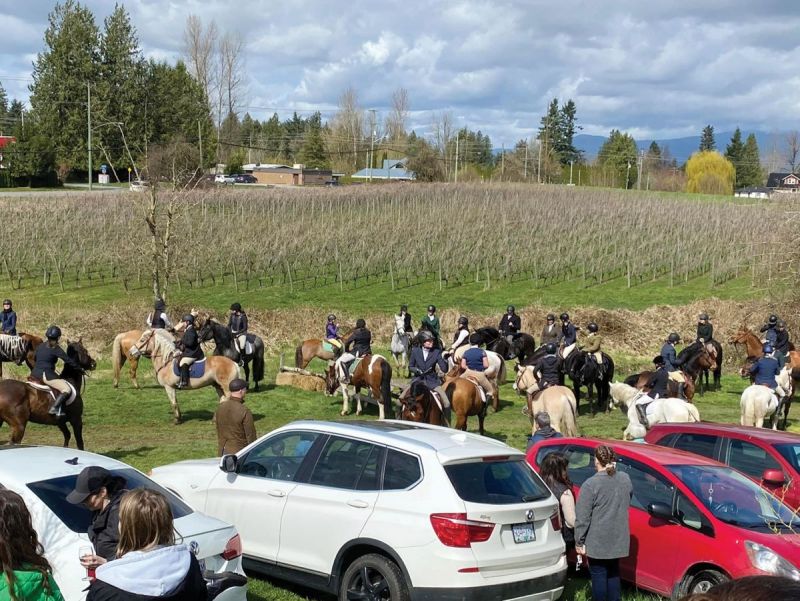
The club rides across land in BC’s interior, on the Sunshine Coast, and down in Washington, USA every Saturday from September until April, depending on the weather.
“Most of the routes are predetermined because we’re on private property,” says Coughlan. “But we get to ride in places you normally would never get to ride.
“It’s almost an addiction,” Coughlan says, which is probably why riders across Canada have been galloping after hounds for over 150 years.
Upholding Tradition
“Foxhunting is a tremendously old tradition with rules to help riders stay safe,” says McMullen. “We involve the neighbors and landowners, and everyone loves it.”
To celebrate its inception 150 years ago, OVH is having a Kentucky Derby party in May, a fancy-dress hunt ball in June, a dog show in August, and a five-day gala in October.
Related: Reviving Ancient Horse Riding Skills
“We’re inviting hunts and riders from Ontario, Quebec, and the USA for the gala,” says Hughes, who expects up to 150 riders, a fitting number for the anniversary.
Although OVH continues to thrive, other hunts are in jeopardy due to the expense of keeping hounds, reduced membership, and difficulty accessing land. If you’re looking for an excuse to gallop across country, consider joining a foxhunt and helping ensure Canada’s heritage gallops on.
Resources (drag hunting):
- Annapolis Valley Hunt
- Calgary Hunt Club
- Fraser Valley Hounds Society
- Masters of Foxhounds Association of North America
- Ottawa Valley Hunt
Related: Little Red Pepper's First Hunt
Main Photo: The Fraser Valley Hunt welcomes riders of all ages in either English or Western attire. Credit: KJW Photography



